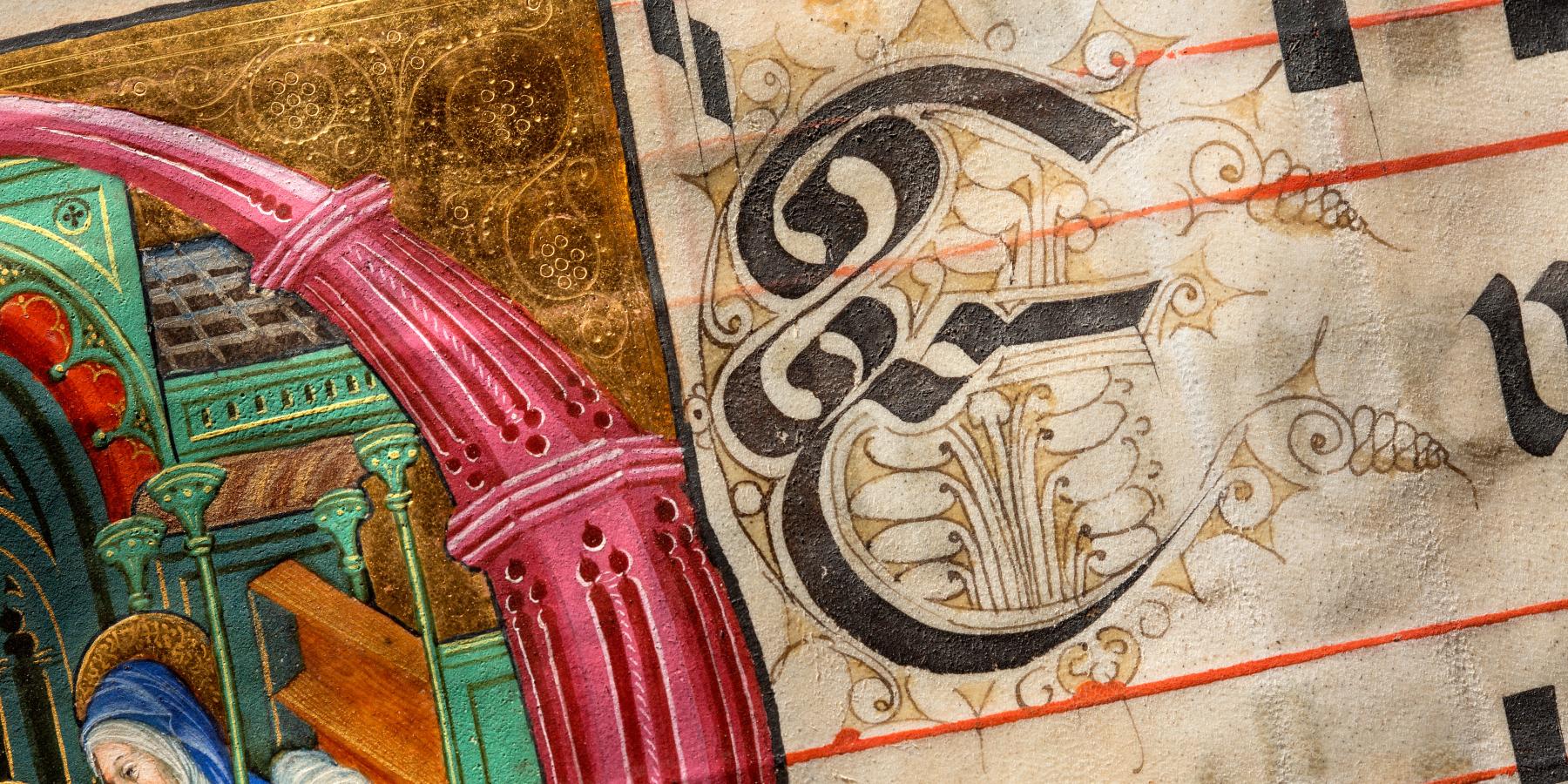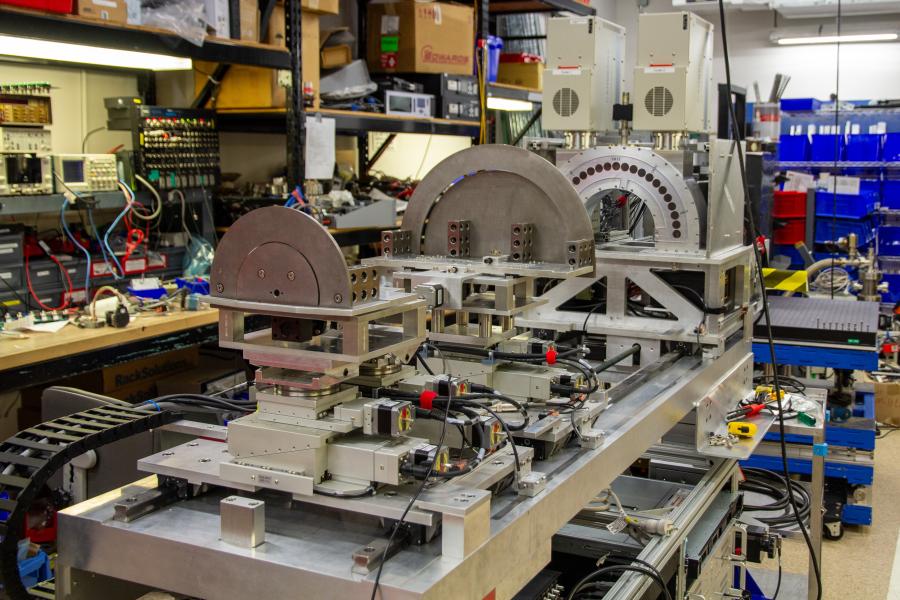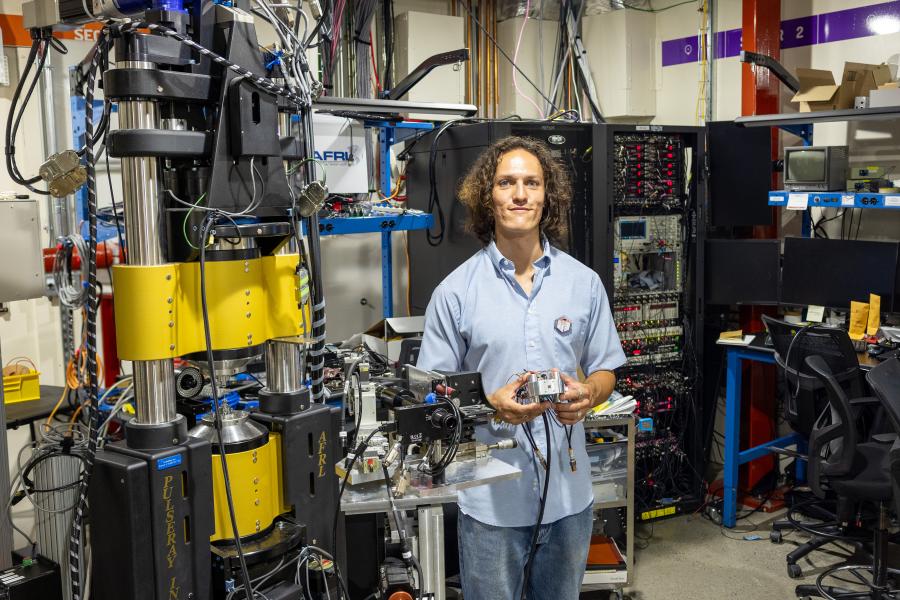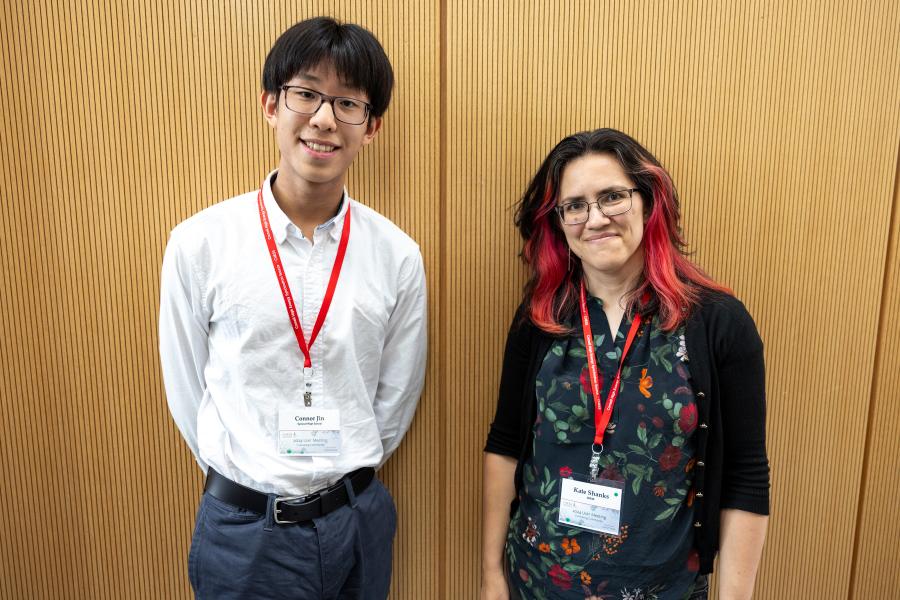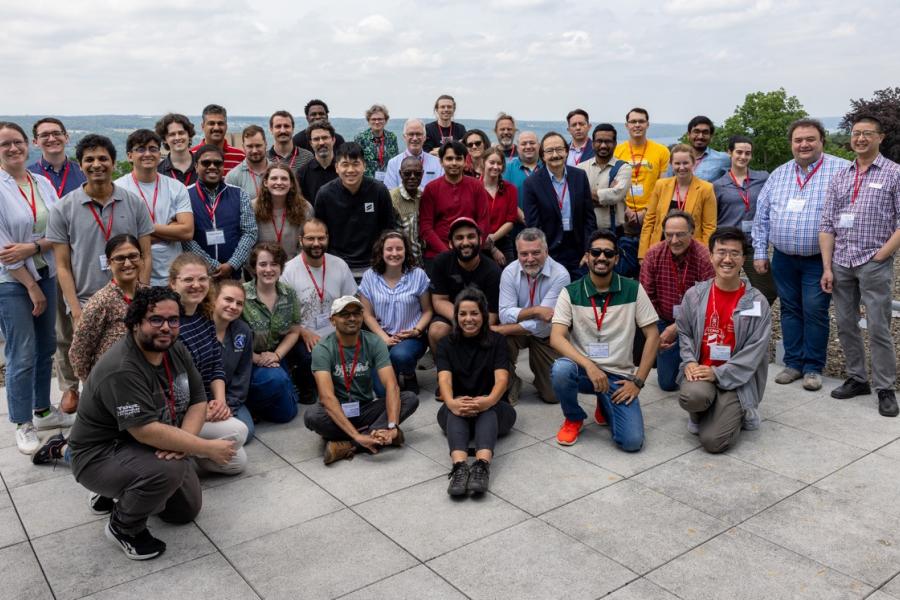Sidebar Menu (View Pages)
- Status
- ⌃ Science
- ⌃ Users
- ⌃ Facilities
- ⌃ Public
- Industry
- ⌃ About
Tags
Featured
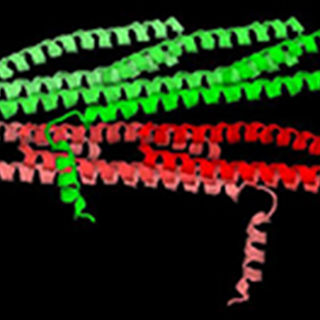
Unusually deformable protein crystals
Application of high pressure to crystals of Snf7 has an unusual effect. Cryocooling protein crystals under pressure (HPC) can reduce damage due to the cooling process.
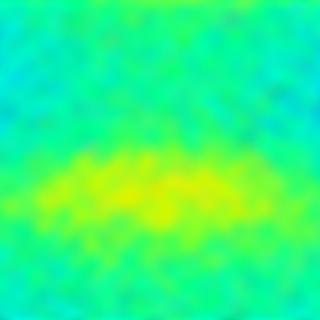
Electroactive COFs store more charge when oriented
The Dichtel lab at Cornell University focuses on covalent organic frameworks (COFs). When subunits of the self-organized COFs are able to react electrochemically, one could envision developing an energy storage device based on molecularly engineered active materials.

Data transfer recommendations
Over the past year, the CLASSE IT group has incrementally revamped the computing infrastructure for CHESS data acquisition (DAQ), and during the last run of 2015, it was used at all CHESS stations (excluding MacCHESS) for the first time.
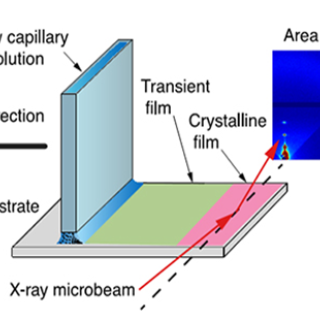
Transient phases during coating of an organic semiconductor film
A key element for bringing organic electronics to the market place is the understanding of the microstructure formation during coating and printing.
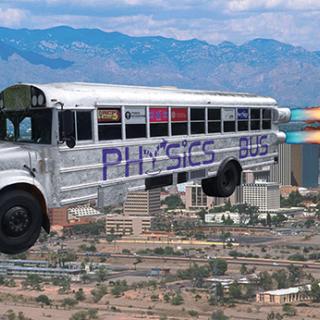
Xraise hits the highway with physics exhibits aboard the Ithaca Physics Bus
The outreach team here at CHESS has been taking its show cross-country while the cold finally settles on the Northeast.
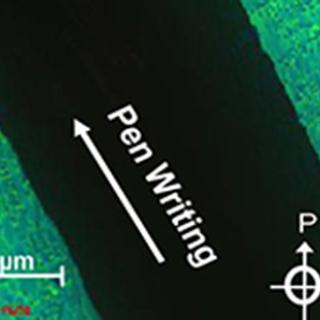
New light shed on crystalline and electronic structure correlations in organic thin films
Organic electronics are a commercially well-established technology in the markets of lighting and displays. But harvesting the benefits of organics for many other electronic applications — especially the reverse process of converting light to electricity, often involves new challenges on materials properties, quality, and our fundamental understanding of how organic electronic thin films work.

CHESS user Ober wins two awards in photopolymer science and technology
CHESS congratulates long-time user Professor Christopher K. Ober for winning two awards from the Society of Photopolymer Science and Technology – SPST: the Photopolymer Science and Technology Award (No.151100) and the Outstanding Achievement Award 2015 [1].

Save dates for exciting science workshops in June 2016!
June will be a busy time as our annual CHESS User’s Meeting June 7th 2016 kicks off a series of six science workshops.
